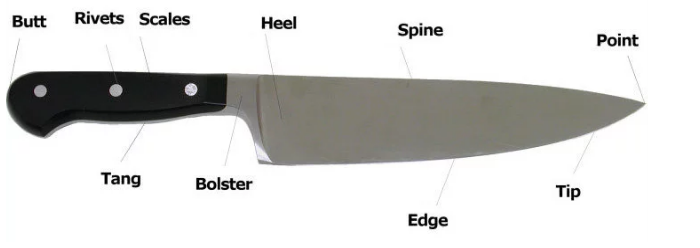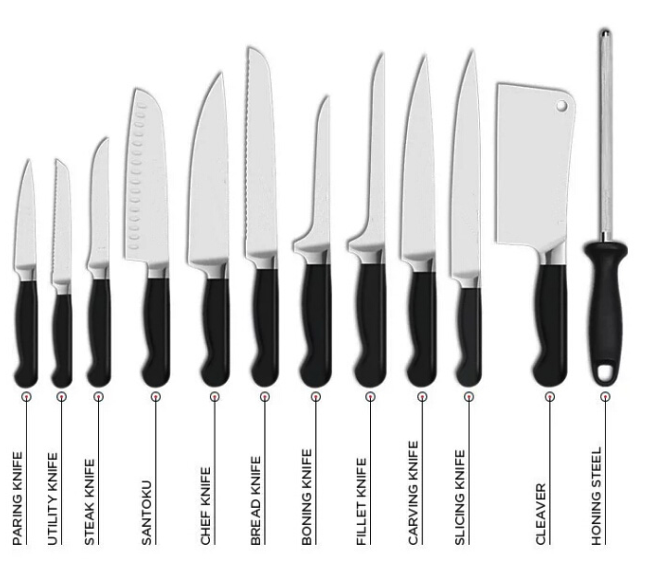Three treasures from Yangjiang: "Douchi, lacquerware, knife". Yangjiang Knife has a long history and is well-known, and is exported to more than 60 countries and regions in Asia, Africa, Latin America, Europe, etc. Knife is the most representative product.
As early as more than 150 years ago, during the Tongzhi period of the Qing Dynasty (after 1845), Yangjiang City's industry and commerce gradually flourished. There were more than 10 counties in Guangdong where merchants gathered in Yangjiang County for a variety of business activities, which greatly promoted the time Yangjiang's economic development and handicraft industry have been extremely prosperous. Traditional Yangjiang products such as knives, tempeh, lacquerware, and seafood have become the goods that local businesses are competing to purchase. Since then, Yangjiang knives have been gradually sold to other places. Yangjiang knife has been produced in the form of a small workshop (iron shop), the output is relatively small . Therefore, dozens of such iron shops are concentrated in the vicinity of the county iron lane (now called iron lane), and the products produced are in short supply. In addition to kitchen knives, we also produce products such as grass sickles, sickles, cloth shears, daily knives, and shears. Since then, Yangjiang knife has gradually been recognized and respected, and its popularity has been increasing.
Let's take a look at the charm of yangjiang knife, first ,let us know about the basic construction of a kitchen knife.

Point & Tip ----are the tip of the knife, which is usually used for fine engraving and cutting.
Edge ----whether a knife is sharp or not is closely related to the angle of the blade and the maintenance of the blade.
Bolster---- the particularly thick part that connects the knife surface and the handle. Bolster is usually a feature of forged knives that is different from stamping knives. Its function is to balance the weight of the kitchen knife and protect fingers.
Tang---- It is the part of the blade that extends to the handle. A full tang refers to the whole keel structure of the entire tang that can be seen at the handle of the knife. , Is one of the characteristics of a good knife. But for kitchen knives with cutting as the main task, whether the full tang actually affects the practicality of the knife is not too much.
Scales---- The handle part is usually made of wood or plastic.
Rivets--- Traditional full tang knives will use rivets to fix the handle on both sides of the tang
Come and meet his family

Topshome speaks to the purity of minimalism by focusing on the elemental beauty of forward-thinking aesthetics and practical functionality. The sleek and modern knife has exceptional qualities that compliment and elevate the skills of the chef. We designed an ergonomic handle for an easy and comfortable grip. Our knives are well balanced, and seamlessly crafted allowing for heavy kitchen use and easy clean up.
Contact: Suria Hsu
Phone: 0086-13680593721
Tel: 0086-662-3411843
Email: huigen@topskitchentool.com
Whatsapp: 0086-13680593721
Add: No.9Jintian Road, Yandgong District, Yangjiang, Guandong, China